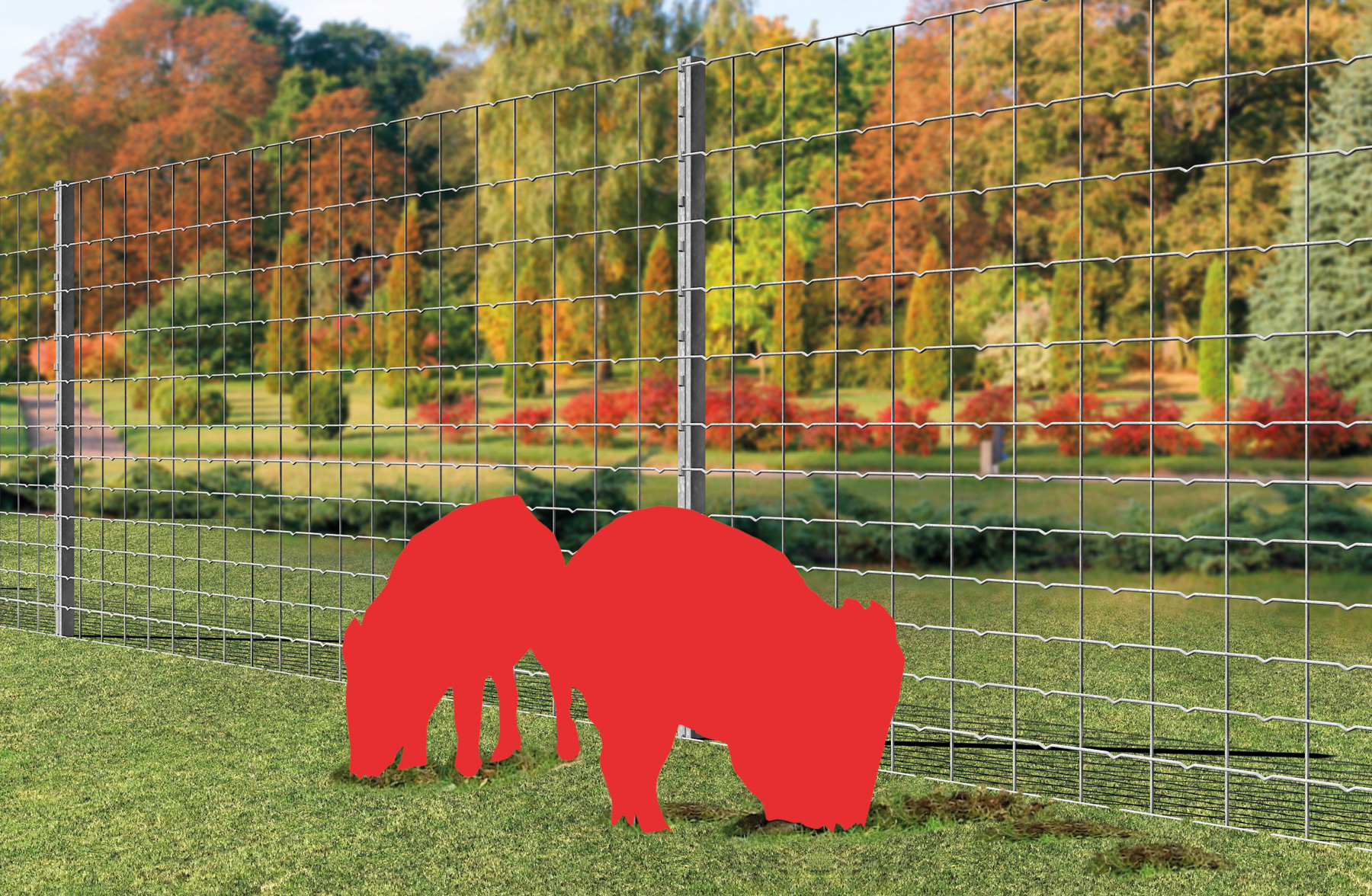To effectively protect cultivated land and livestock against intrusions by wild animals, the affected area must first be examined with particular attention to the characteristics of the land and the local fauna.
In this article we summarise the fundamental steps to be followed to design an effective fencing system for the protection of agricultural land and breeding areas.
PRELIMINARY STUDY AND DESIGN
To design a fence prior analysis is required to determine the type of land it will be installed on, the context of its use and the objectives of protection to be achieved.
Analysis of the land and the installation context
First of all, the geological features of the area must be surveyed: any irregularities and slopes will determine the choice of poles and the most suitable type of mesh for the area to be fenced in order to guarantee maximum stability and strength.
When defining the area to be fenced, a path must be chosen that is as free of hollows and rocks as possible, free of stagnant water and away from trees that could fall on the fencing or encourage wild animals to intrude.
Context of its use
We also point out that the choice of fencing also depends on the intended use of the land itself. In the case of cultivated land it may be necessary to install special fencing that prevents wild boars and ungulates from intruding. If, on the other hand, the fence serves to protect livestock then specific protection measures are required for predatory animals such as wolves and dogs.
FENCING TO PROTECT LIVESTOCK
The fencing of a livestock area must be proportional to the number of animals reared and comply with specific rules to ensure the welfare of animals.
To protect livestock from predators, it is advisable to install a fence that is at least 170 cm above ground, is buried at least 30 cm deep and has a 45° anti-climb fold to prevent predators from entering from above. If the ground is uneven or sloping it may be necessary to increase the height of the fencing in steep areas.
During installation of the fencing, it is also important to minimise the creation of corner areas and in any case adjust their width appropriately so as not to create areas where there is the risk of livestock gathering when threats and dangers arise. It is also important to provide drainage channels when the ground is flat and poorly drained and to protect them as well as possible so as not to leave easy access routes for predators.
Cavatorta has products specifically designed for these purposes and contexts of use. To learn more, please consult our catalogue with particular attention to fences for agriculture and livestock.
